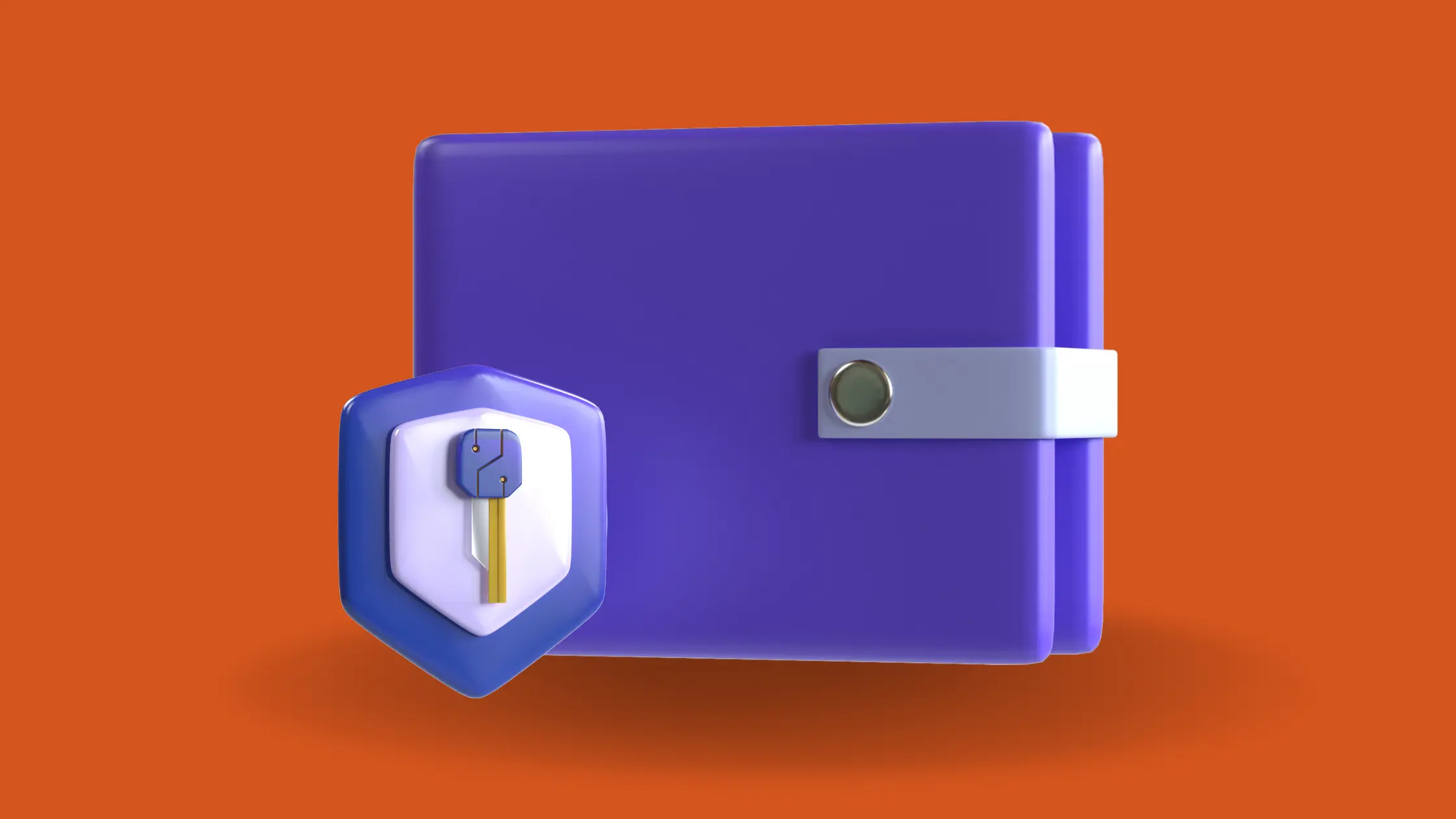Cryptocurrency Hardware Wallet – Given the volatility of the cryptocurrency market, the legal uncertainty, and the high-profile incidences of hacks, frauds, and fraudulent activities, investing in cryptocurrencies is well acknowledged to carry risk.
Approximately $1.9 billion worth of bitcoin was taken in different hacking events and fraudulent actions in 2022, as compared to less than $1.2 billion at the same stage in 2021, according to Chainalysis’ midyear study on cryptocurrency-related crimes.
Managing and keeping bitcoin assets safely comes with its own set of difficulties, so traders should familiarize themselves with their best solutions.
A crypto hardware wallet is a sort of cold storage that is a physical device created to safely store cryptocurrencies offline, adding extra security layers for people who hold significant amounts of cryptocurrency and wish to keep their assets safe for a long time.
Should you store your cryptocurrency coins in a hardware wallet? will be addressed in this article along with how to use one and the advantages of hardware wallets over software wallets. There is also information about secure hardware wallets that you may use to keep your cryptocurrency holdings.
What is a hardware wallet?
Hot wallets and cold wallets are the two major categories into which cryptocurrency wallets may be divided. Cold wallets are tangible objects, whereas hot wallets are software-based cryptocurrency wallets connected to the internet. Due to their lack of internet connectivity and interaction with potentially susceptible software and online infections, cold wallets are regarded as a more safe storage choice than hot software wallets. Hardware cryptocurrency wallets are regarded as one of the safest ways to store coins among cold wallets.
A cryptocurrency hardware wallet is a physical storage solution for digital currencies and other assets, such as nonfungible tokens (NFTs), that often resembles a USB drive or a tiny plugin device. Instead of holding crypto, hardware wallets save the private keys that provide users access to the digital assets they contain.
How to use a hardware cryptocurrency wallet
Depending on the particular hardware wallet, the precise processes, and methods may differ slightly. Users can learn how to utilize a certain hardware wallet by consulting the manufacturer’s instructions and adhering to security procedures.
To learn how hardware wallets can be utilized, consider the following typical steps:
1. Buy and install the software
Purchase a hardware wallet for cryptocurrencies from well-known and dependable producers like Ledger, Trezor, and Ngrave — and/or their approved dealers. Make sure it is well-sealed and tamper-proof.
Visit the manufacturer’s official website, download the wallet software, and install it on your desktop or mobile device. Be sure to read the instructions for the operating system, CPU, and other device specs.
2. Connect the wallet
Utilize the USB cord or the proper wireless connection (Bluetooth or NFC) to attach the hardware wallet to a desktop or mobile device. Initializing the hardware wallet requires following the on-screen instructions.
To do this, you must choose a PIN or passphrase, make a backup recovery seed phrase, and safely store the seed phrase in many offline places. If the hardware wallet is ever lost or destroyed, the recovery seed is essential for regaining access to money.
3. Add funds and begin transacting
Find the option to receive or deposit cryptocurrency in the wallet program. To add the required quantity of bitcoin to this public address from an exchange or another wallet, copy the public address shown or scan the QR code.
Choose the option to send or transfer funds, and input the recipient’s address, and the desired amount to send cryptocurrency from the hardware wallet. Verify the transaction specifics on the screen of the hardware wallet.
4. Verify transactions
One will be required to enter a PIN or passphrase to grant further authorization after verifying the transaction information on the hardware wallet. The private key kept within the hardware wallet will then be used to sign the transaction, and the monies will be transferred. Using blockchain explorers or wallet software, you may monitor the status of the transactions. Check to see if the transaction has been uploaded to the blockchain and confirmed.
After completing the transaction, it’s crucial to bear in mind to safely detach the hardware wallet from the desktop or mobile computer and assure storage.
Some popular cryptocurrency hardware wallets
Crypto investors and whales have been more and more interested in hardware Bitcoin wallets. These include wallets like Ledger and Trezor, which provide a safe and convenient way to manage and store digital assets. Other names in the market include Ellipal, CoolWallet, SafePal, and Ngrave often. Additionally, through their Ledger Live app, certain hardware wallets, like Ledger, provide staking and other income opportunities.






